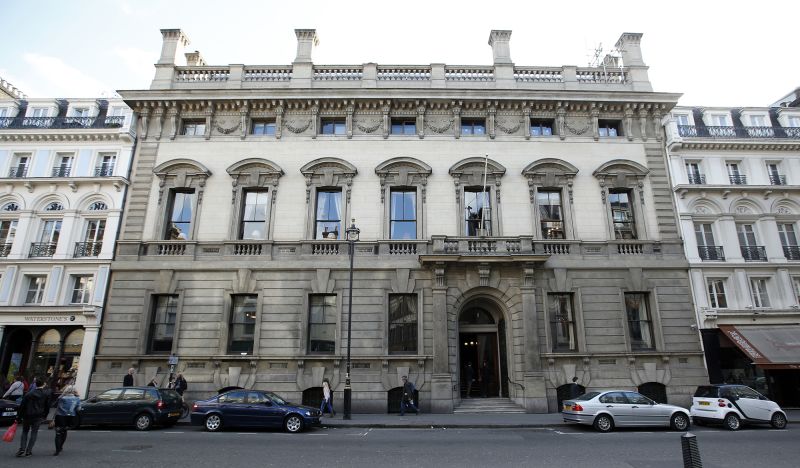London’s prestigious Garrick Club recently made headlines as it voted to allow women to become full members, almost two centuries after its establishment. Known for its exclusivity and traditional male-only membership policy, the decision marks a significant shift in the club’s stance on gender equality. With a rich history dating back to 1831, the Garrick Club has long been a prominent fixture in London’s social scene, attracting members from the worlds of literature, arts, and entertainment.
The Garrick Club, founded by actor Charles Mathews and named in honor of David Garrick, a renowned 18th-century actor, quickly established itself as a hub for artists and intellectuals. Throughout the years, it has counted numerous notable figures among its members, including renowned actors, writers, and artists. The club’s elegant building on Garrick Street in Covent Garden has served as a meeting place for members to socialize, network, and engage in intellectual discussions.
Despite its esteemed reputation, the Garrick Club has faced criticism for its outdated policy of excluding women from full membership. For many years, the club restricted women to the status of ‘associate members’, limiting their access to certain areas and privileges within the premises. This policy has been a point of contention, with critics arguing that it perpetuates gender discrimination and goes against the principles of equality and inclusivity.
The recent decision to allow women to become full members reflects a changing social landscape and a growing recognition of the importance of diversity and representation. The move has been welcomed by many as a step towards modernization and inclusivity within the club. It opens up new opportunities for women to join the ranks of the Garrick Club and contribute to its vibrant intellectual and social community.
While some traditionalists may view the decision with skepticism, it is undeniably a significant moment in the history of the Garrick Club. The club’s willingness to adapt and evolve in response to changing societal norms demonstrates a commitment to staying relevant and inclusive in a rapidly changing world. By embracing gender equality and opening its doors to women, the Garrick Club is poised to enter a new chapter in its storied history, one that values diversity and welcomes individuals from all walks of life.
As women are welcomed as full members of the Garrick Club, they bring with them a wealth of talent, perspectives, and experiences that will enrich the club’s vibrant community. The decision not only marks a symbolic shift in the club’s ethos but also paves the way for a more inclusive and diverse future. By recognizing the valuable contributions that women can make to the club, the Garrick Club sets an example for other institutions to follow in the journey towards greater equality and representation.

